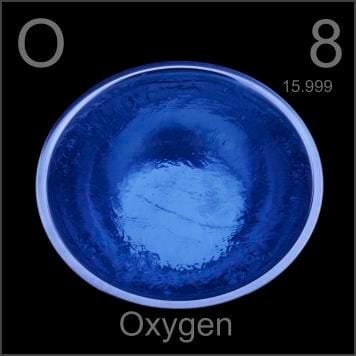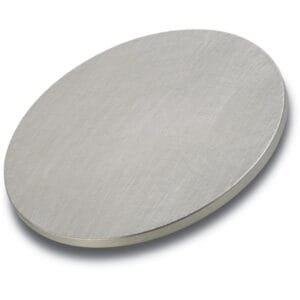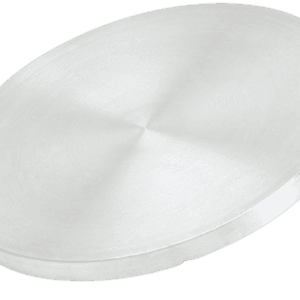Lutetium Oxide Sputtering Target Description
The Lutetium Oxide Sputtering Target from TFM is an oxide sputtering material composed of lutetium (Lu) and oxygen (O).
 Lutetium is a chemical element named after Lutetia, the ancient Roman name for Paris, France. It was first mentioned in 1906 and observed by G. Urbain and C.A. von Welsbach, who also accomplished and announced its isolation. The chemical symbol for lutetium is “Lu,” and its atomic number is 71. Lutetium is located in Period 6, Group 3 of the periodic table, within the d-block. Its relative atomic mass is 174.967(1) Dalton, with the number in brackets indicating the measurement uncertainty. Lutetium is the heaviest and hardest of the rare earth elements and is used in various applications, including catalysts, phosphors in LED light bulbs, and in medical imaging.
Lutetium is a chemical element named after Lutetia, the ancient Roman name for Paris, France. It was first mentioned in 1906 and observed by G. Urbain and C.A. von Welsbach, who also accomplished and announced its isolation. The chemical symbol for lutetium is “Lu,” and its atomic number is 71. Lutetium is located in Period 6, Group 3 of the periodic table, within the d-block. Its relative atomic mass is 174.967(1) Dalton, with the number in brackets indicating the measurement uncertainty. Lutetium is the heaviest and hardest of the rare earth elements and is used in various applications, including catalysts, phosphors in LED light bulbs, and in medical imaging.
Related Product: Lutetium Sputtering Target
 Oxygen is a chemical element with the symbol “O,” derived from the Greek words ‘oxy’ and ‘genes,’ meaning acid-forming. It was first mentioned and observed by W. Scheele in 1771, who also accomplished and announced its isolation. Oxygen has an atomic number of 8 and is located in Period 2, Group 16 of the periodic table, within the p-block. Its relative atomic mass is 15.9994(3) Dalton, with the number in brackets indicating the measurement uncertainty. Oxygen is essential for life, playing a crucial role in respiration and combustion, and is a major component of water, organic compounds, and the Earth’s atmosphere.
Oxygen is a chemical element with the symbol “O,” derived from the Greek words ‘oxy’ and ‘genes,’ meaning acid-forming. It was first mentioned and observed by W. Scheele in 1771, who also accomplished and announced its isolation. Oxygen has an atomic number of 8 and is located in Period 2, Group 16 of the periodic table, within the p-block. Its relative atomic mass is 15.9994(3) Dalton, with the number in brackets indicating the measurement uncertainty. Oxygen is essential for life, playing a crucial role in respiration and combustion, and is a major component of water, organic compounds, and the Earth’s atmosphere.
Lutetium Oxide Sputtering Target Specification
| Material Type | Lutetium Oxide |
| Symbol | Lu2O3 |
| Color/Appearance | White |
| Melting Point (°C) | 2490 |
| Density | 9.42 g/cm3 |
| Molecular Weight | 397.93 |
| Exact Mass | 397.866 |
Lutetium Oxide Sputtering Target Application
The Lutetium Oxide (Lu2O3) Sputtering Target is widely used in various applications, including thin film deposition, decorative coatings, semiconductors, displays, LEDs, and photovoltaic devices. It is also valuable in functional coatings, the optical information storage industry, glass coatings for automotive and architectural purposes, and optical communication systems. The material’s properties make it suitable for use in advanced technology and high-performance applications across these industries.
Packaging
Our Lutetium Oxide (Lu2O3) Sputtering Target is meticulously tagged and labeled externally to ensure efficient identification and maintain strict quality control. We take extensive precautions to prevent any damage during storage and transportation, ensuring that the products maintain their high quality and integrity upon delivery.


 MSDS File
MSDS File



Reviews
There are no reviews yet.